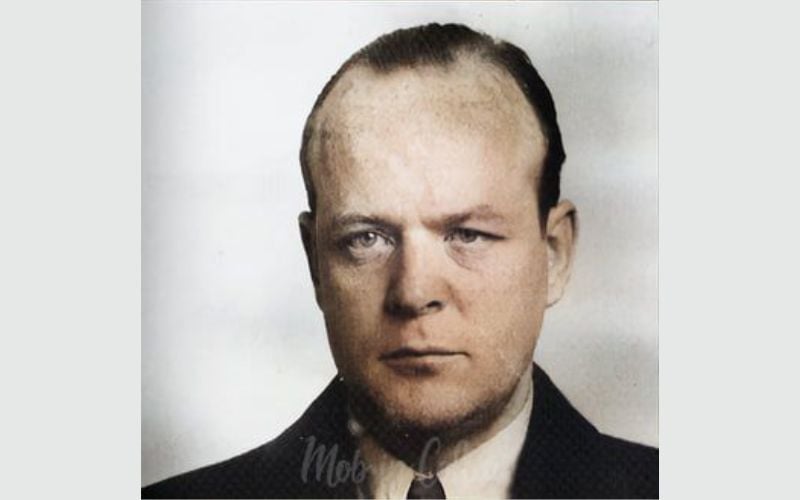Mere brick and mortar is not enough to do justice to all the great memories of music and musicians who populate the Comhaltas Mid-Atlantic Regional Hall of Fame over the 20 years of its existence.
Rather, it is the yearly gathering of its faithful to a gala night that serves to recognize musicians whose lifelong efforts helped foster the love of traditional music in its realm from New York and New Jersey to Pennsylvania down to Virginia and Maryland.
Once again this historic occasion will take place at the Irish American Center in Mineola, Long Island, the hospitable home of so many of these annual soirees on Saturday, February 20, where three more honorees will be inducted into the venerable roster of traditional musicians on the night.
Two Galway men, Joe Burke and Monsignor Charlie Coen, along with the late Mike Brady from Co. Clare, will be added to an august list of 38 other musicians (http://midatlanticcce.wordpress.com/hall-of-fame/) for their many contributions to keeping the music thriving down through the years in New York.
Burke, 70, from Kilnadeema outside of Loughrea in East Galway, is a multi-instrumentalist best known for his playing of the B/C button accordion, a recognized master of it including the All-Ireland championships of 1959 and 1960 amidst serious competition even within his own county.
He is one of the most well-known, if not the best-known box player in Irish music, with an iconic visage that openly displays his love for playing the native music of Ireland. Around New York in the early 1960s and 1970s, his playing was both technically brilliant and infused with great pride which when combined with the folk music revival extant at the time made traditional music more of a performance art form appreciated by more than just dancers reveling to its pulsating rhythm and beat.
Whether it was in haunts like the Bunratty Pub in the Bronx or Tommy O’Reilly’s on lower Lexington Avenue or the many Comhaltas tours of North America where he dominated center stage, Burke played homage to the humble tune makers and musicians from whom he learned his craft.
He also had a three-year sojourn in St. Louis from 1989 to 1991 where he produced a radio show, Ireland in America, and served a residency at the famed McGurk’s Pub where he not only played but recruited many of the top traditional musicians from America or visiting it, whose music got a welcome hearing in the Gateway City.
His legendary playing with Andy McGann in New York produced the seminal Tribute to Michael Coleman album in the early 1960s, which later led to a recent CD to honor the late McGann (and fellow Hall of Famer), A Tribute to Andy McGann, made with Brian Conway and Felix Dolan, who appeared on both important recordings.
With many recordings to his credit, appearance around the world and probably every corner and stage in Ireland, Burke’s legacy could fill many pages.
He is a keen musical historian in his own right, as a perusal through his website (www.joeburkemusic.com) reflects, especially the photographs in the gallery section.
His presence in New York in the early sixties signaled a transition of sorts in merging the then predominant-Sligo fiddle style with an increasing presence of Galway-born musicians, many of them box players like himself, who would dominate the scene thereafter around the Big Apple.
Some might think it is a case of déjà vu all over again that Father Charlie Coen -- as he is more commonly known -- is entering the CCE Hall of Fame, because he was inducted some years ago in the Northeast Region’s version of the Hall of Fame for his marvelous contributions in upstate New York while he served as a parish priest and pastor at St. Christopher’s Church in Red Hook.
Since his retirement in 2008 at the age of 75 he has resided in Greenville near the East Durham base of the Catskills Irish Arts Week, where he continues to teach and perform.
But so significant were his accomplishments around New York City since his emigration from the Woodford area of East Galway that he is worthy of joining the many colleagues with whom he shared many great hours of music, song and dance.
Reared in the same household with his older brother Jack, a flute player, Charlie learned the fife, tin whistle, concertina and flute and developed a lovely singing voice redolent of the fireside music from the area, all of which brought him All-Ireland acclaim, including the extremely rare feat of three senior titles in the one day (concertina, tin whistle and slow airs on the flute) back in 1976.
That year he was also selected to be part of a large contingent of traditional musicians by Mick Moloney to participate in a week-long Bicentennial celebration hosted by the Smithsonian Institution’s Festival of American Folklife, which led to the Green Fields of America tours in which he participated in the early years.
His Green Linnet album The Branch Line with brother Jack is a collector’s item in traditional music as a repository of the East Galway style of playing.
Assigned to a Staten Island parish, he taught Irish music and song to a diverse community and performed at the Snug Harbor Irish Festivals for a number of years.
Fiddler Mike or Mickey Brady hailed from Flagmount, Co. Clare from the eastern portion of the Banner County known to many of us as Tulla Territory, a region well-known for its older fiddlers like P. Joe Hayes, Paddy Canny, Bill Loughnane, Vincent Griffin and a slightly younger Seamus Connolly from Killaloe.
Mike lived in Bay Shore where he raised his family along with wife Jane until his untimely passing in July of 2009 at the age of 69. While Brady would not have had the name recognition of his fellow inductees, his music spoke volumes about his heart and homeplace, and he typified the role of many an Irish musician who embraced the music because it reminded him of Ireland and his heritage.
He arrived in New York at the tail end of the 1950s to Brooklyn and played fiddle at the Patsy Touhy Club there before he “retired” the music to raise a family.
In later years as the family grew, he had more time for playing and often sat in with ceili bands and sessions. When he took up a seat, the music was always enhanced by his great lift and tone honed by many a house dance or ceili back in East Clare.
Rather than call attention to himself, Brady was one of those rare musicians who sought to blend in, knowing that the sum of the parts often was mightier than the solo effort, and certainly if there was dancing involved.
In doing so, it was still hard not to hear how his steady hand and fingers could help drive the sound of any band lucky enough to have him on stage or witness his broad smile as he played.
He was a founding member of the Ceol na Croi band, but he would often sit in with the Pete Kelly Premier Ceili Band and the Green Gates Ceili Band. He was also a regular attendee of the Mulligan Quinn branch sessions and ceilithe.
The CCE Mid-Atlantic Hall of Fame will be an all-night affair on Saturday, February 20, starting with the ceili mor from 7 p.m. until midnight followed by a music session until the early hours with music provided by CCE Hall of Famers and many other musicians who annually turn up for this great affair.
Donation is $20 payable at the door, which includes tea, coffee, soda bread and other treats. It all takes place at the Irish American Center, 297 Willis Avenue, Mineola, Long Island.
Call dance chair Terry Rafferty at 201-288-4267 ([email protected]) or CCE Mulligan Quinn Chair Pat Kearney at 631-698-3305 ([email protected]).




Comments